Thanks to Artificial Intelligence, is the writing on the wall for the creative professions?
New AI tools – such as writing bot ChatGPT and AI image generator DALL·E – are coming to transform reality. But can they write and illustrate Wallpaper*, asks Jonathan Bell?
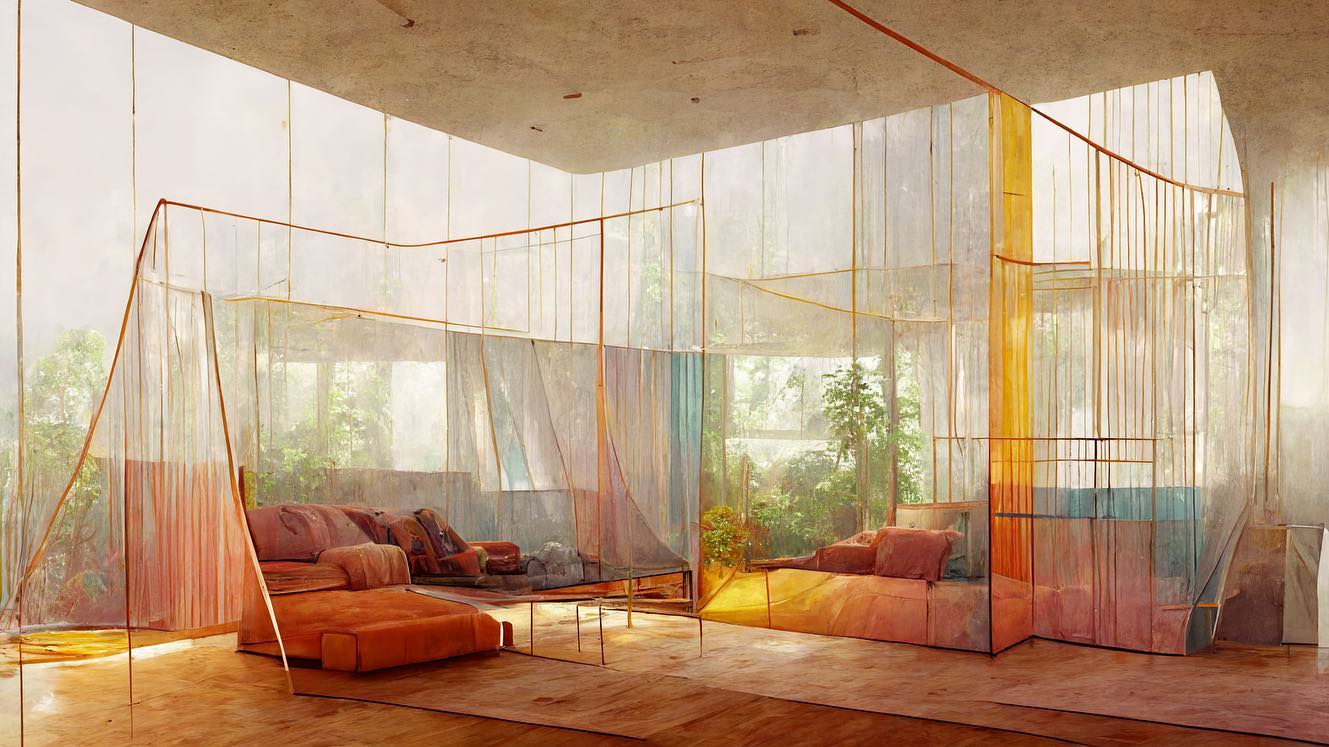
Writers, designers, and artists are not exactly enamoured by the rapid developments in AI ‘creativity’. Within the space of a couple of years, AI-powered generators have evolved from complex research tools into free-for-all search engines of the unknown. Today, anyone can enter a set of parameters and watch as computer-generated text and images are returned, free from copyright, plagiarism, and precedent, and perhaps even containing more than a germ of original thought.
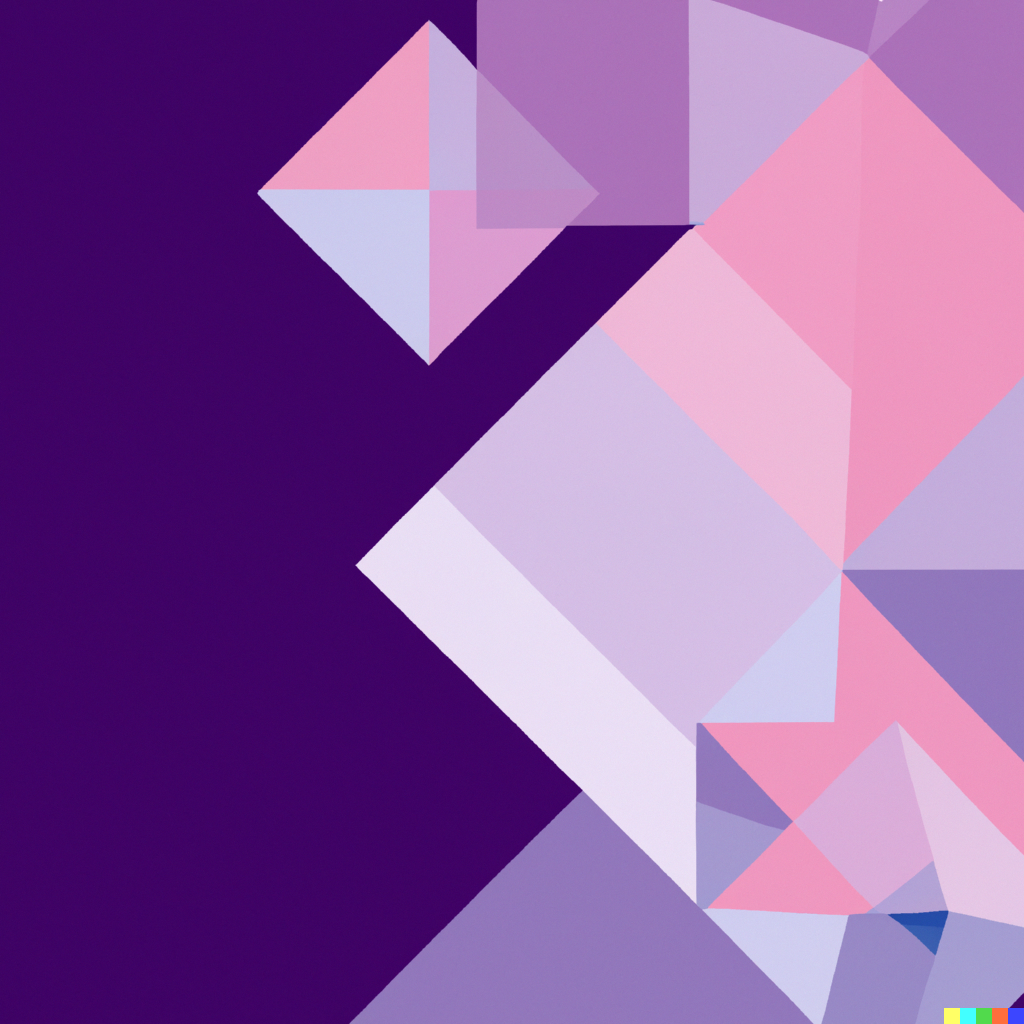
Image by DALL·E, prompt: ‘Wallpaper* Magazine Technology’
AI is effectively a mirror, sifting through the vast database of human creativity and cannily blending a bit of this and that in order to return a visual representation approaching or transcending that which we’d imagined, or maybe a chunk of text that hopefully organises a coherent set of thoughts. It comes with inbuilt biases gleaned from the source material and still suffers the occasional baffling but telling lapse of judgement or coherence.

Image by DALL·E, prompt: ‘Wallpaper* Magazine’
ChatGPT, the AI writing bot
Nevertheless, it’s getting better. It took about ten seconds for ChatGPT to turn a 14-word prompt (‘Write an article about artificial intelligence and imagery in the style of Wallpaper* magazine’) into a 300-word ‘article’, coherent and credible enough to pass muster for anyone skimming the site for a primer on the topic or a bit of background. Take the following paragraph:
‘One of the most exciting applications of AI and imagery is in the field of visual recognition. With the ability to analyse and interpret vast amounts of visual data, AI algorithms can be trained to recognize and classify objects and scenes with incredible accuracy. This has a wide range of potential applications, from helping robots navigate complex environments to identifying and tracking objects in surveillance footage.’
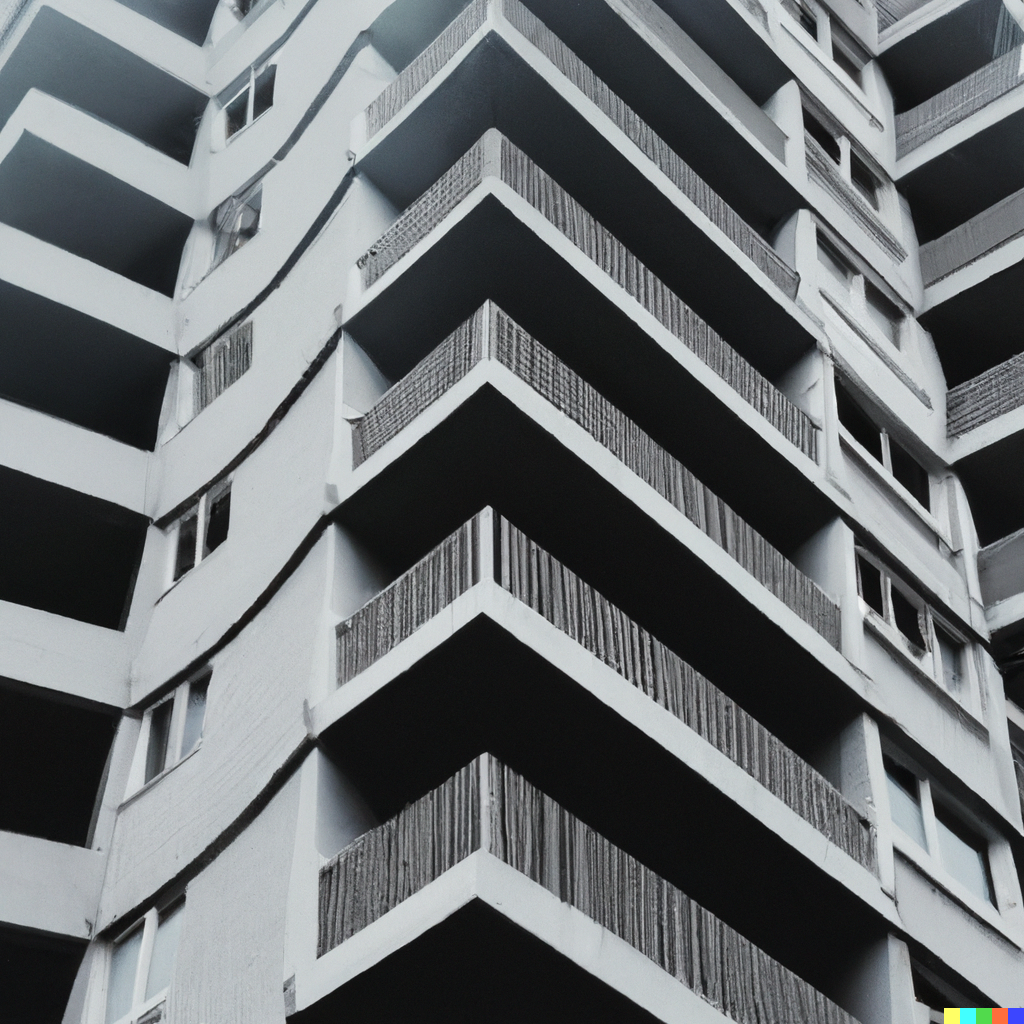
Image by DALL·E, prompt: ‘Wallpaper* Magazine Architecture’
There’s nothing inherently contentious there, let alone any real indication that it was written by either a machine or a human. Admittedly, the text is lacking in zip and is only marginally duller to read than if one had to actually write it. But in the fast-paced and algorithmically driven world of online journalism, it might just suffice, all the more so if an AI could be tapped up for the latest set of keywords and trends. Better still, those keywords could be automatically updated within the body of the text, ensuring an article was always bobbing about near the surface of the flotsam covered data ocean.
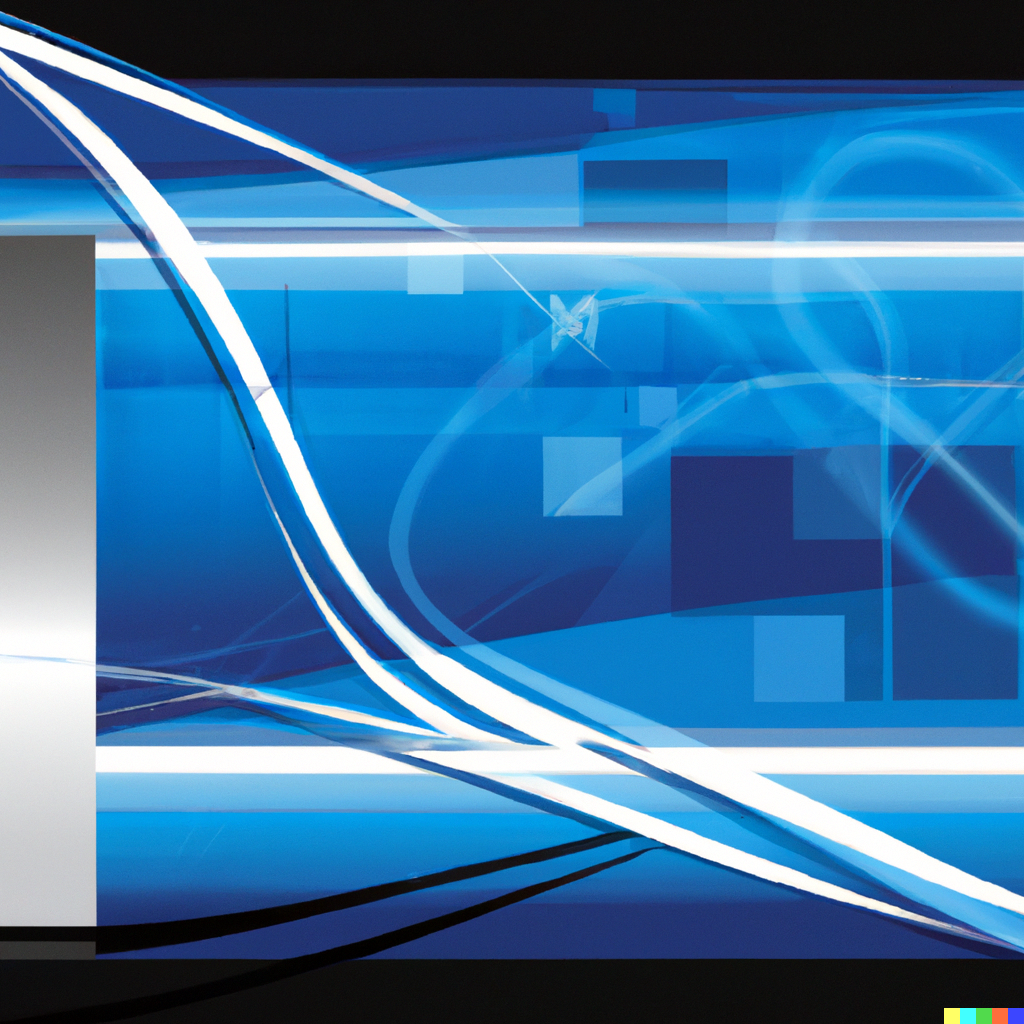
Image by DALL·E, prompt: ‘Wallpaper* Magazine Technology’
For writers, journalists, editors, and other content creators, the future looks bleak. How Google and others respond to the challenge of automated content remains to be seen, if it even regards it as a challenge worth tackling (unsurprisingly, Google invests substantially in AI, including ChatGPT’s creator, OpenAI). Most people remain blissfully ignorant of the hidden mechanics of search, so a fresh flood of AI-generated data is unlikely to darken the murky pool of references and recommendations any further, at least for now.
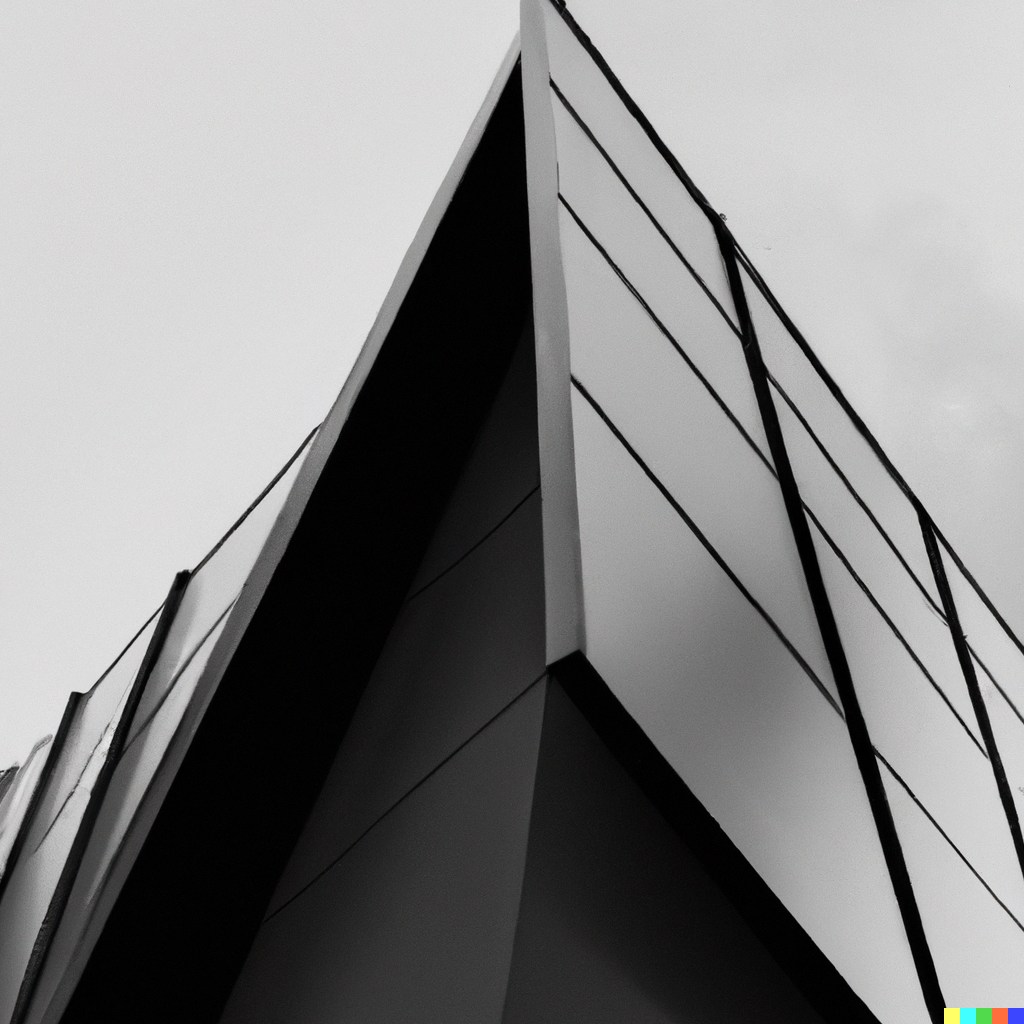
Image by DALL·E, prompt: ‘Wallpaper* Magazine Architecture’
AI’s unseen roles
From our conversations with tech leaders, it seems the deployment of AI starts with things like image processing, shoring up backdrops and compression artefacts on video calls, tweaking audio to mute background noises, etc. These largely invisible processes will likely remain cloaked, even as AI continues to posit more ethical questions than it can conceivably answer.
Wallpaper* Newsletter
Receive our daily digest of inspiration, escapism and design stories from around the world direct to your inbox.
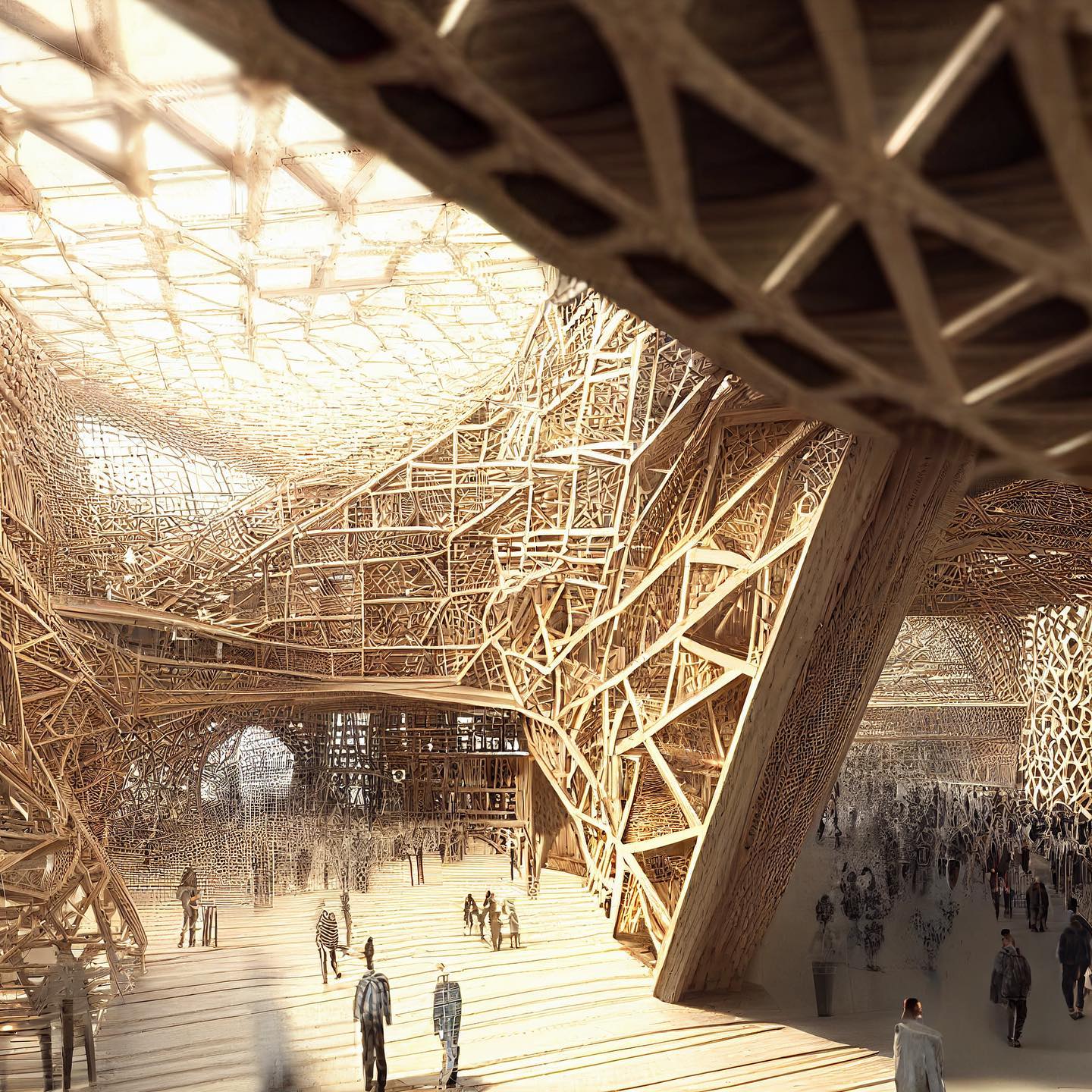
AI-generated architecture, Andrew Kudless, Matsys Design
AI imagery: transforming architecture, autos, art
From a creative point of view, there’s a lot more that can be done with the visual tools. Architects and artists are already deep into the potential of AI portals like DALL·E, Stable Diffusion and Midjourney, writing ever-more sophisticated prompts that unearth strange new aesthetics and juxtapositions. American architect Andrew Kudless’ Matsys Design and the Iranian architect Mohamad Rasoul Moosapour are just two of the studios using AI prompts to push for new forms and genres, while commercial tools like ARCHITEChTURES promise to turn these capabilities into ways of shaping real-world structures. They invite us to imagine a future that blends computer-aided production and construction with AI-guided parametric design, moving the bar just a little bit further than even the glossiest CGI render.
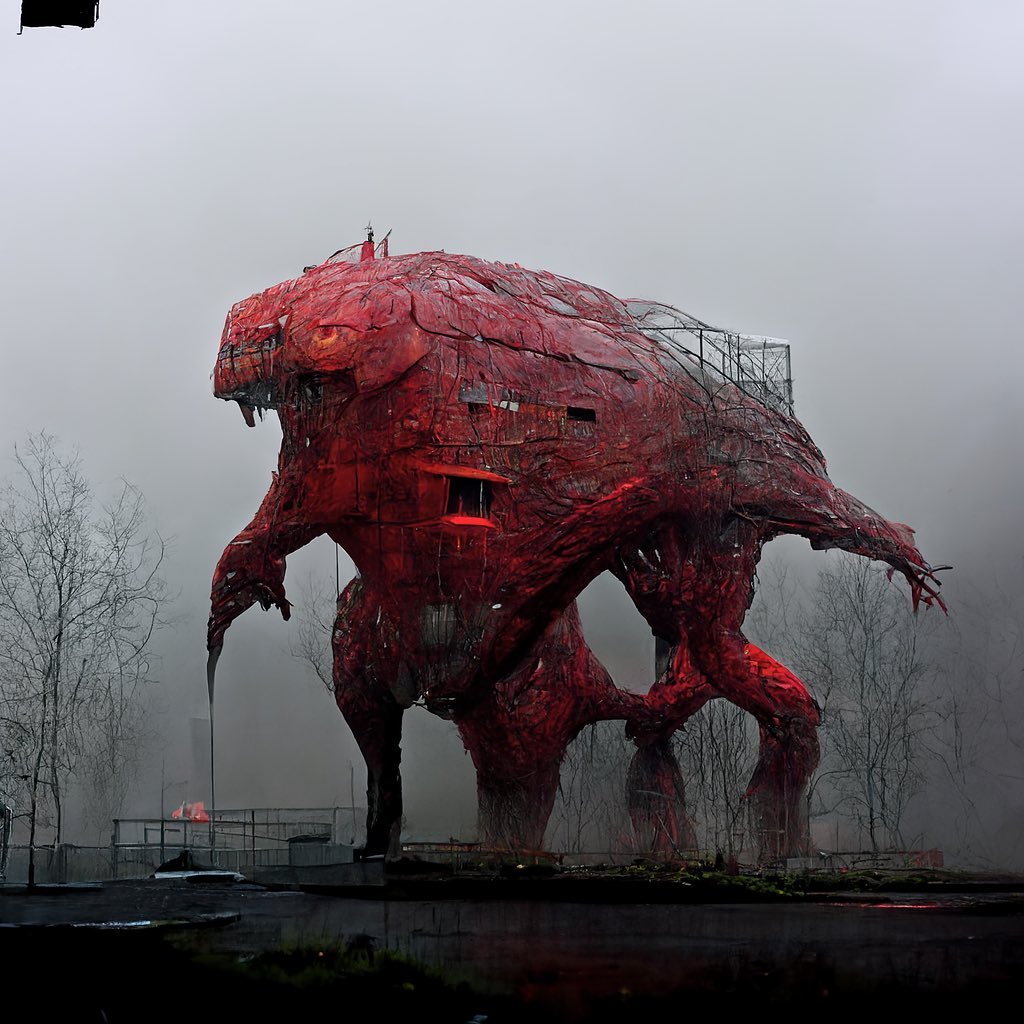
Mohamad Rasoul Moosapour's Coexistence/archi-creatures collection
Visual disciplines benefit when the brief shifts from imitation to creation. Automotive AI showcases cars that never were, heaping on the clichés yet still forging an original path, while An Improbable Future makes masterfully credible mash-ups of conceptual machines, conjured up from online traces of Dieter Rams, Sony and Bertone.
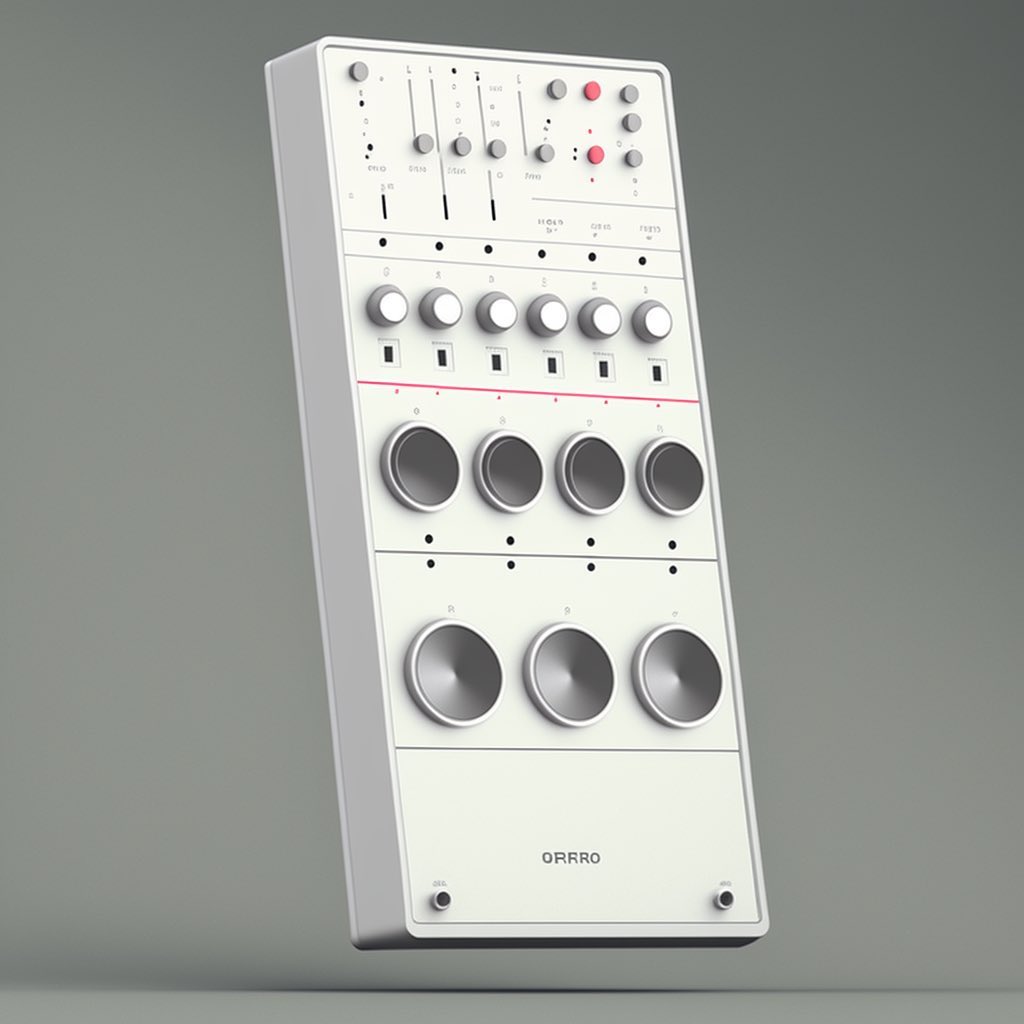
AI-generated electronics by An Improbable Future
Photographer Mathieu Stern splices vintage cameras with art history to create an alternative timeline of photographic technology. The Guardian recently invited six contemporary artists to dabble with AI-generated imagery, and published the resulting blend of clipped images, approximations, and guesstimates. Depending on how specific and related the prompt was to the artist’s current practice, the results verged from random guesswork to potential usable sketches, research, or even finished artworks. The field of generative art, as surveyed in Wallpaper’s January 2023 issue, treats AI as just another brush and palette, along with open-source coding tools, NFT distribution, and more ‘traditional’ digital methods. As with all artistic practice, intent is key.
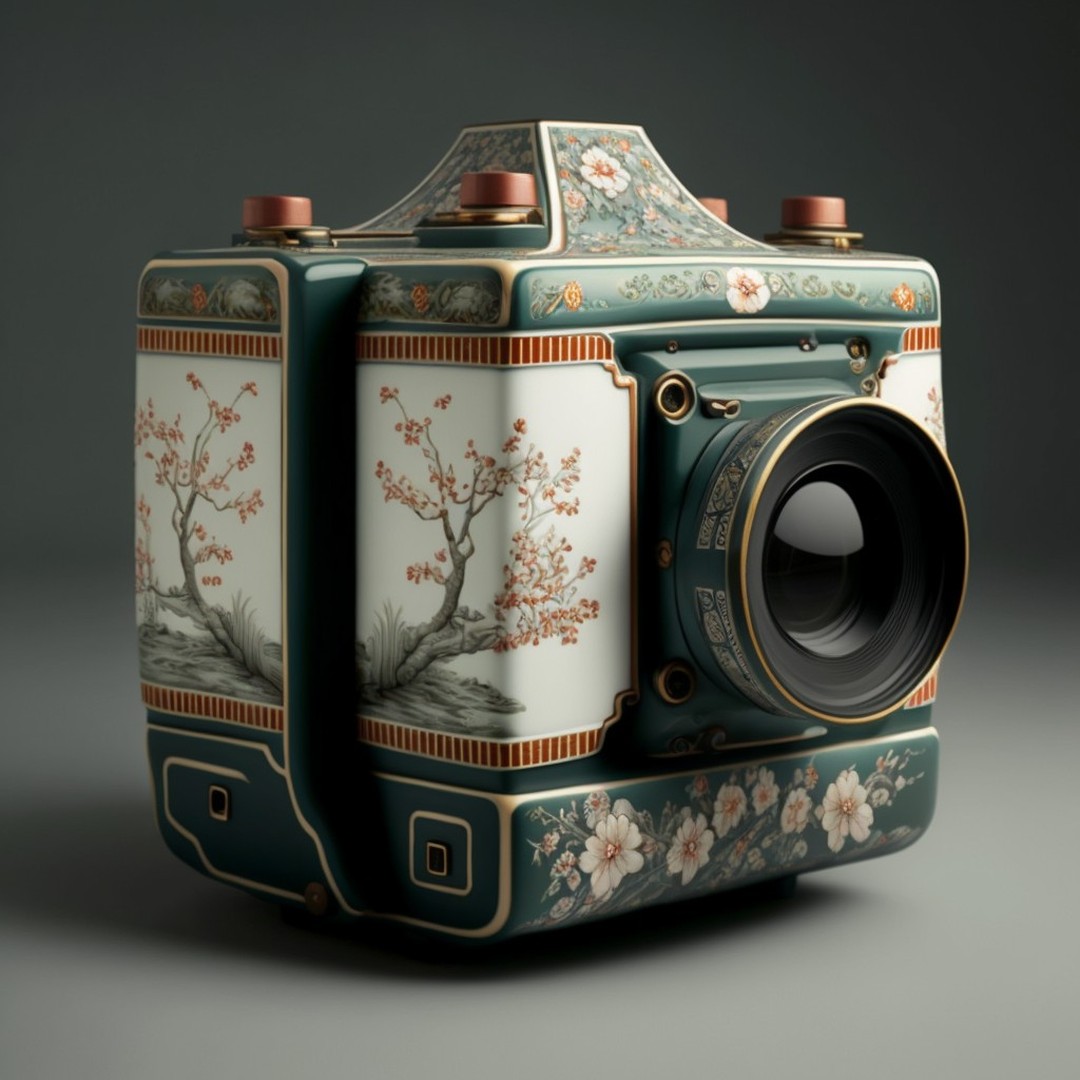
AI-generated camera by Mathieu Stern
Baked-in bias and limitations
On the flipside, there are the implicit biases baked into the system. Lensa’s sub-Loaded preconception of what a female-representing self-portrait should be. A number of artists have actively rejected the technology, citing its ability to mine existing databases of imagery and effectively ‘take over’ a particular aesthetic (artist Greg Rutkowski’s elaborate fantasy landscapes, for example). It’s also a window into our limitations. Sites like This House Does Not Exist serve up an infinite diet of click-bait-worthy shelter porn, trained on decades of idealised, utopian imagery generated by the industry itself and published by the likes of yours truly.

Image by DALL·E, prompt: ‘Wallpaper* Magazine Transportation’
The human touch
Architects and magazines are being trolled by the predictability of their past offerings. To go further requires specific human intervention and direction.
Ultimately, the question is how concerned we should be about the plethora of computer-generated creativity. Purely digital creations are no longer noteworthy today, whether it’s a ‘virtual’ K-pop girl group like Eternity, a blockbuster fashioned entirely from CGI, a piece of loot or a skin from a video game, or even, heaven forbid, an NFT. Will these things continue to be celebrated when the (vital) human component is removed from their creation?
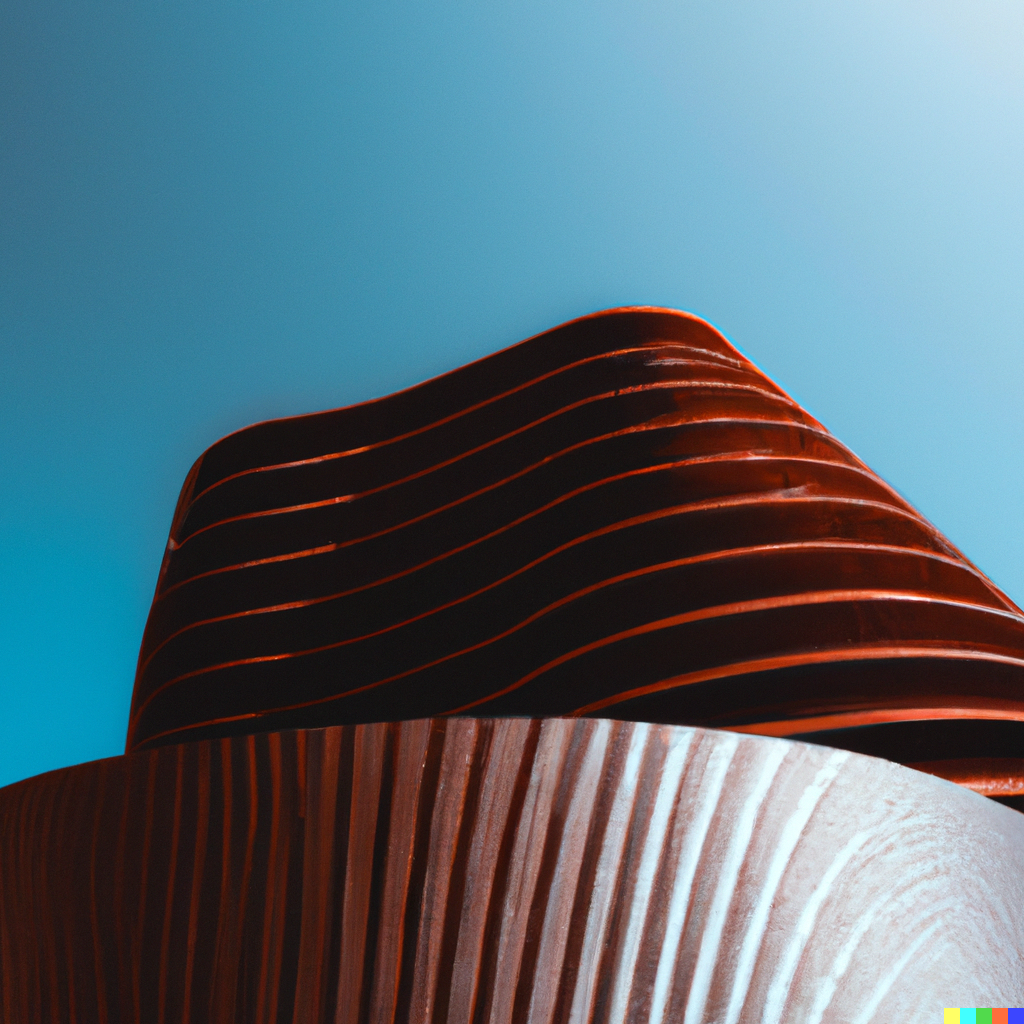
Image by DALL·E, prompt: ‘Wallpaper* Magazine Architecture’
For now, what keeps this swirling vortex of confusion honest is the art of curation, or as it used to be known, editing. Here at Wallpaper*, the mantra ‘it’s all in the edit’ has been a guiding principle since the earliest days of the magazine. The internet ensured the firehose of cultural production was kept at maximum volume, but it’s our task to sift through the output and find the things that transcend Twitter spikes and trend analysis. With AI, that task is greatly expanded, but also more focused, as the common threads and trends that can be so efficiently mapped and drawn out by machines swiftly rise to the surface.
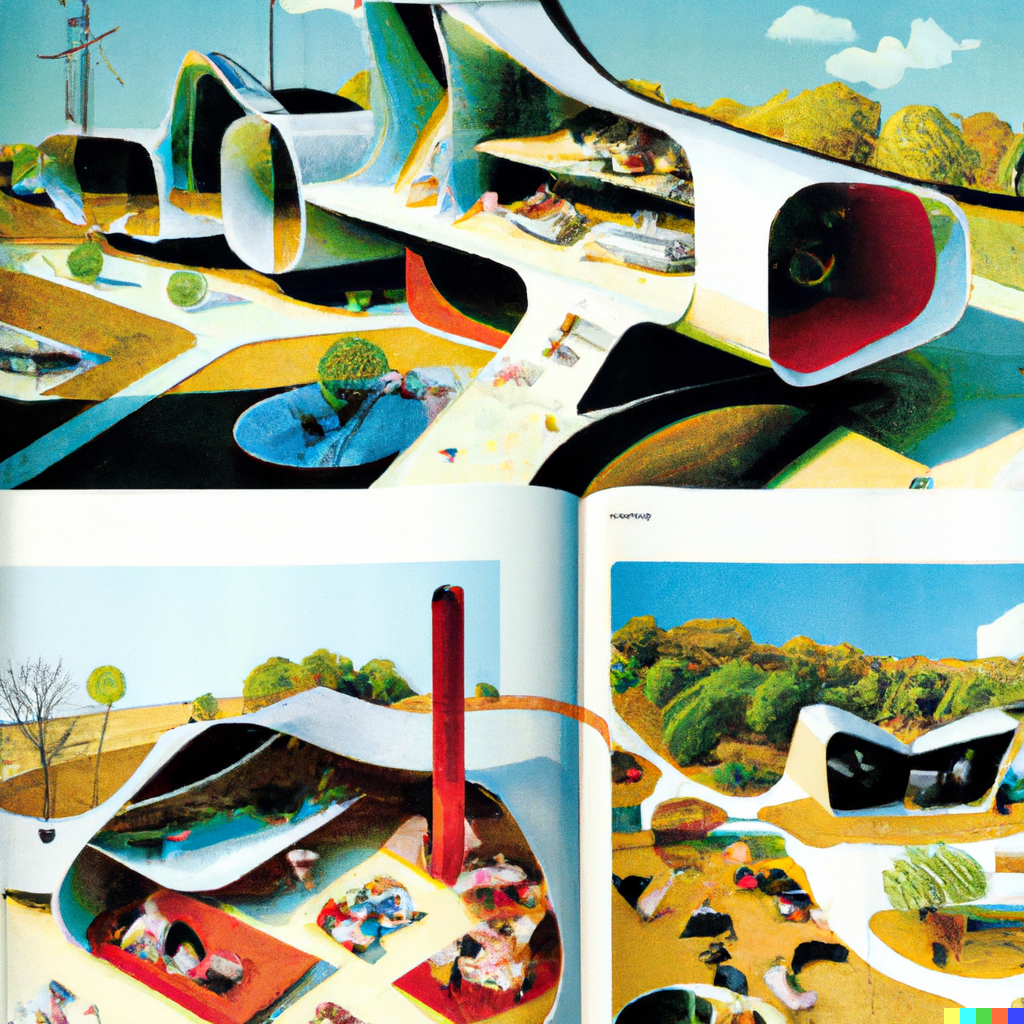
Image by DALL·E, prompt: ‘Future residential architecture in Wallpaper* Magazine’
ChatGPT, write an article about artificial intelligence and imagery in the style of Wallpaper* magazine: ‘Overall, the use of artificial intelligence in the creation of imagery for Wallpaper* magazine has significantly improved the speed and efficiency of the design process. It has also allowed designers to push the boundaries of what is possible in terms of visual creativity, resulting in truly stunning images that captivate and inspire.’
We can still do much better than that.
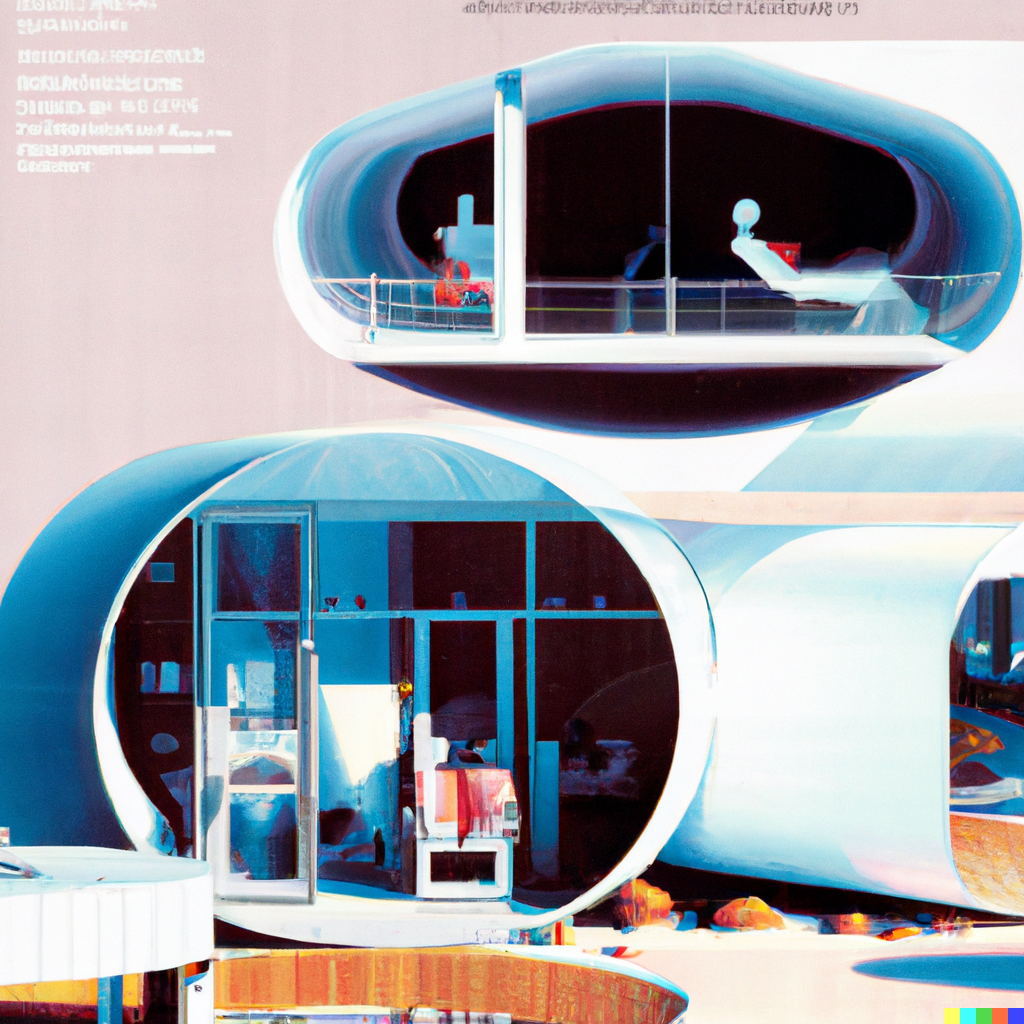
Image by DALL·E, prompt: ‘Future residential architecture in Wallpaper* Magazine‘
Jonathan Bell has written for Wallpaper* magazine since 1999, covering everything from architecture and transport design to books, tech and graphic design. He is now the magazine’s Transport and Technology Editor. Jonathan has written and edited 15 books, including Concept Car Design, 21st Century House, and The New Modern House. He is also the host of Wallpaper’s first podcast.
-
 A Xingfa cement factory’s reimagining breathes new life into an abandoned industrial site
A Xingfa cement factory’s reimagining breathes new life into an abandoned industrial siteWe tour the Xingfa cement factory in China, where a redesign by landscape specialist SWA Group completely transforms an old industrial site into a lush park
By Daven Wu
-
 Put these emerging artists on your radar
Put these emerging artists on your radarThis crop of six new talents is poised to shake up the art world. Get to know them now
By Tianna Williams
-
 Dining at Pyrá feels like a Mediterranean kiss on both cheeks
Dining at Pyrá feels like a Mediterranean kiss on both cheeksDesigned by House of Dré, this Lonsdale Road addition dishes up an enticing fusion of Greek and Spanish cooking
By Sofia de la Cruz
-
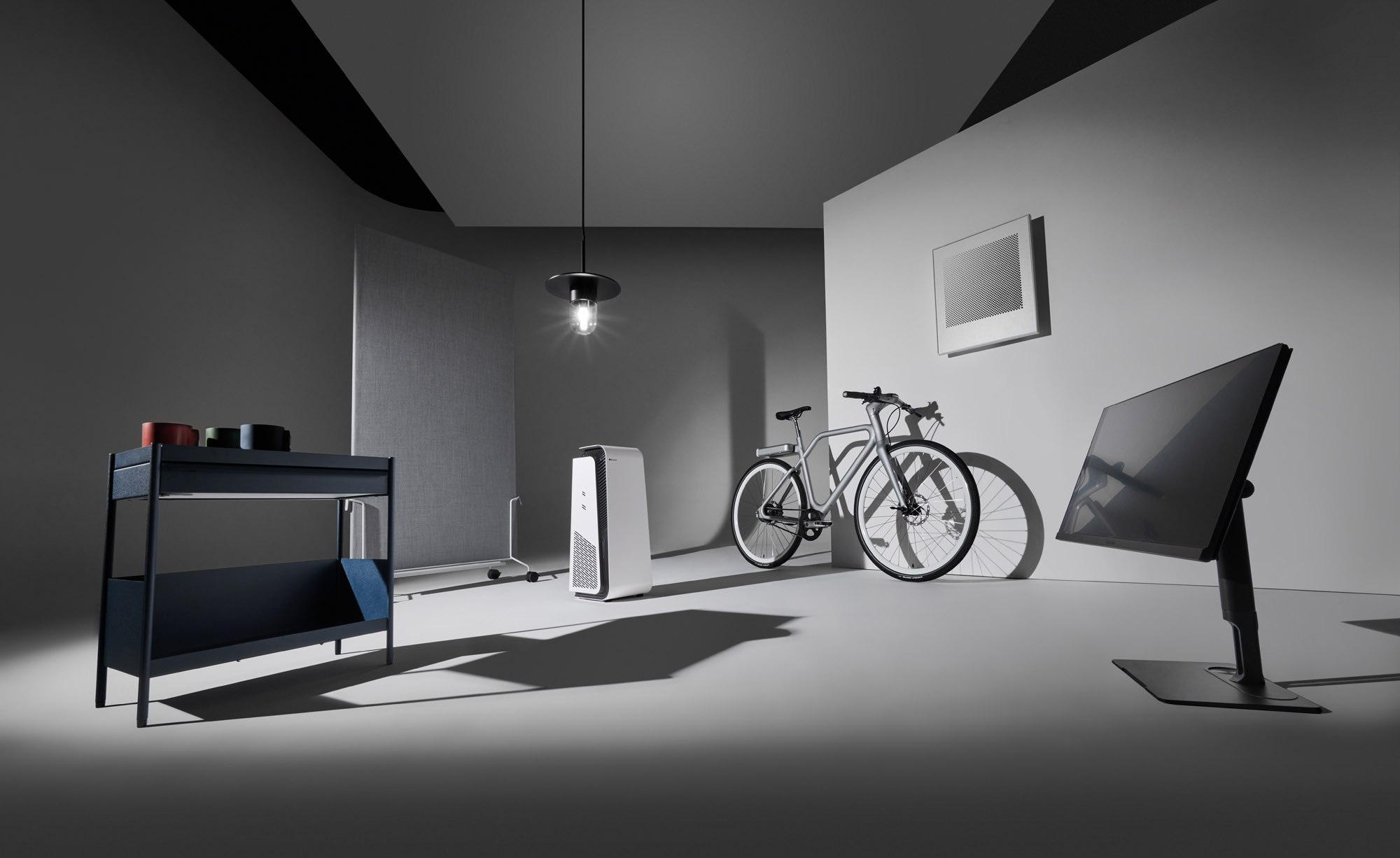 Enter the Wallpaper* Smart Space Awards 2023
Enter the Wallpaper* Smart Space Awards 2023The Wallpaper* Smart Space Awards are back to find the very best in new domestic design and technology: nominate your product
By Jonathan Bell
-
 New book for star-crossed cartophiles chronicles the world’s space bases, big and small
New book for star-crossed cartophiles chronicles the world’s space bases, big and smallBlast off: ‘The Atlas of Space Rocket Launch Sites’ offers a global photographic tour of gateways into orbit, both high profile and off the radar
By Jonathan Bell
-
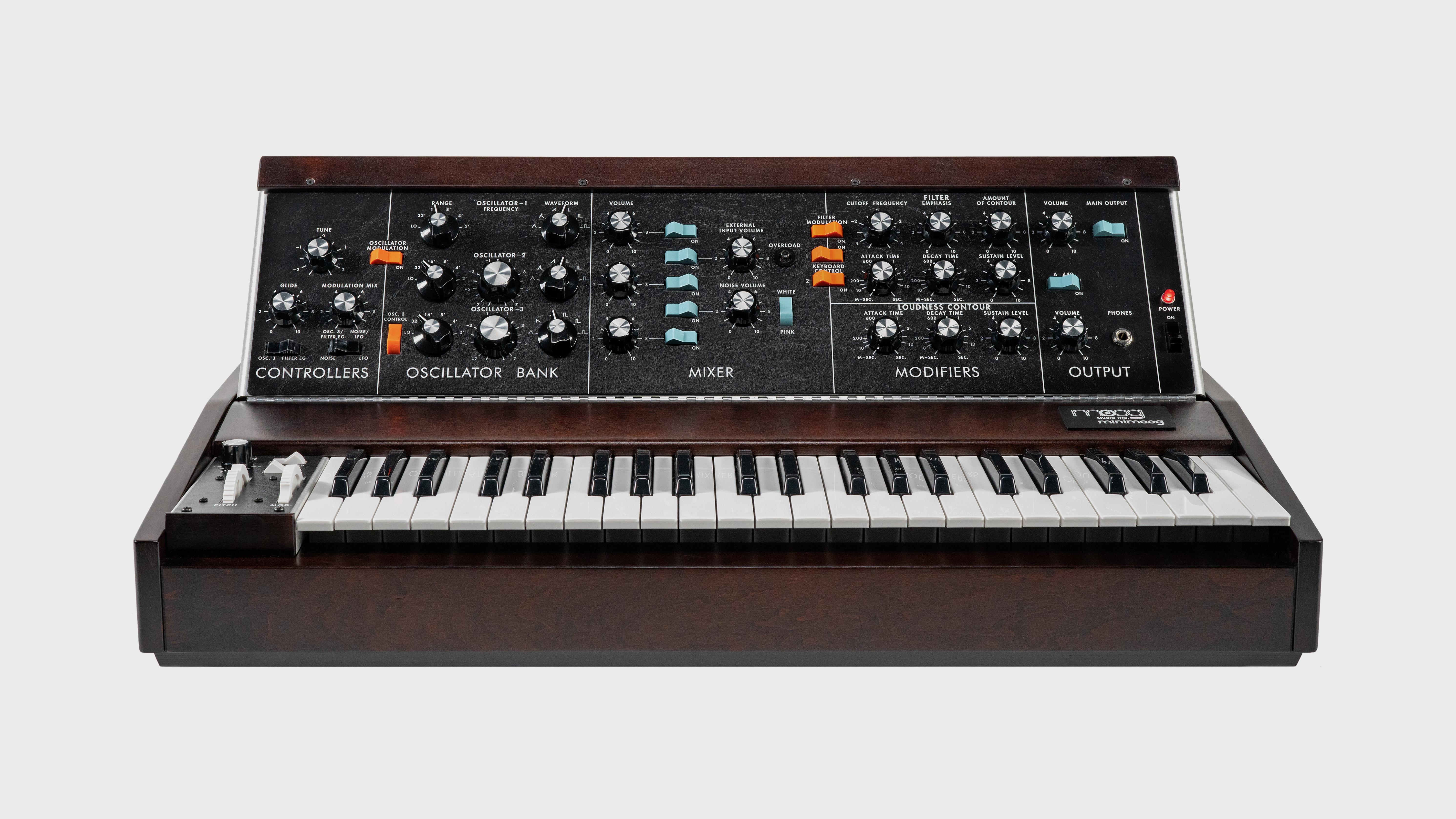 Minimoog Model D synthesiser: the analogue legend returns
Minimoog Model D synthesiser: the analogue legend returnsSynth completists and collectors, as well as a new generation of avant-garde musicians, hail the return of Moog’s 1970 Minimoog Model D
By Jonathan Bell
-
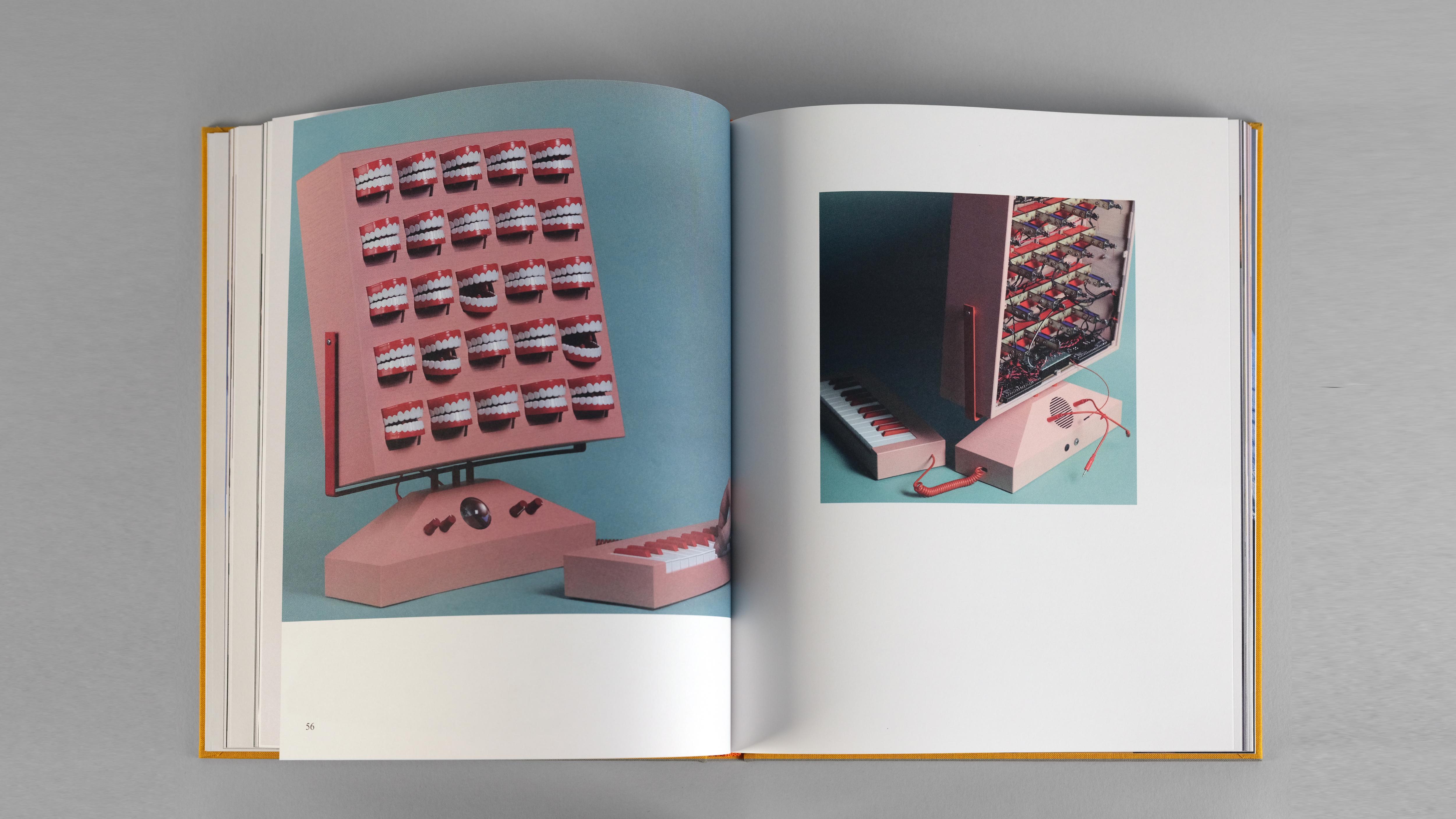 Love Hultén’s eccentric electronics projects chronicled in new book
Love Hultén’s eccentric electronics projects chronicled in new bookWorks is a beautiful new book about the bespoke audio and visual creations of Swedish craftsman Love Hultén
By Jonathan Bell
-
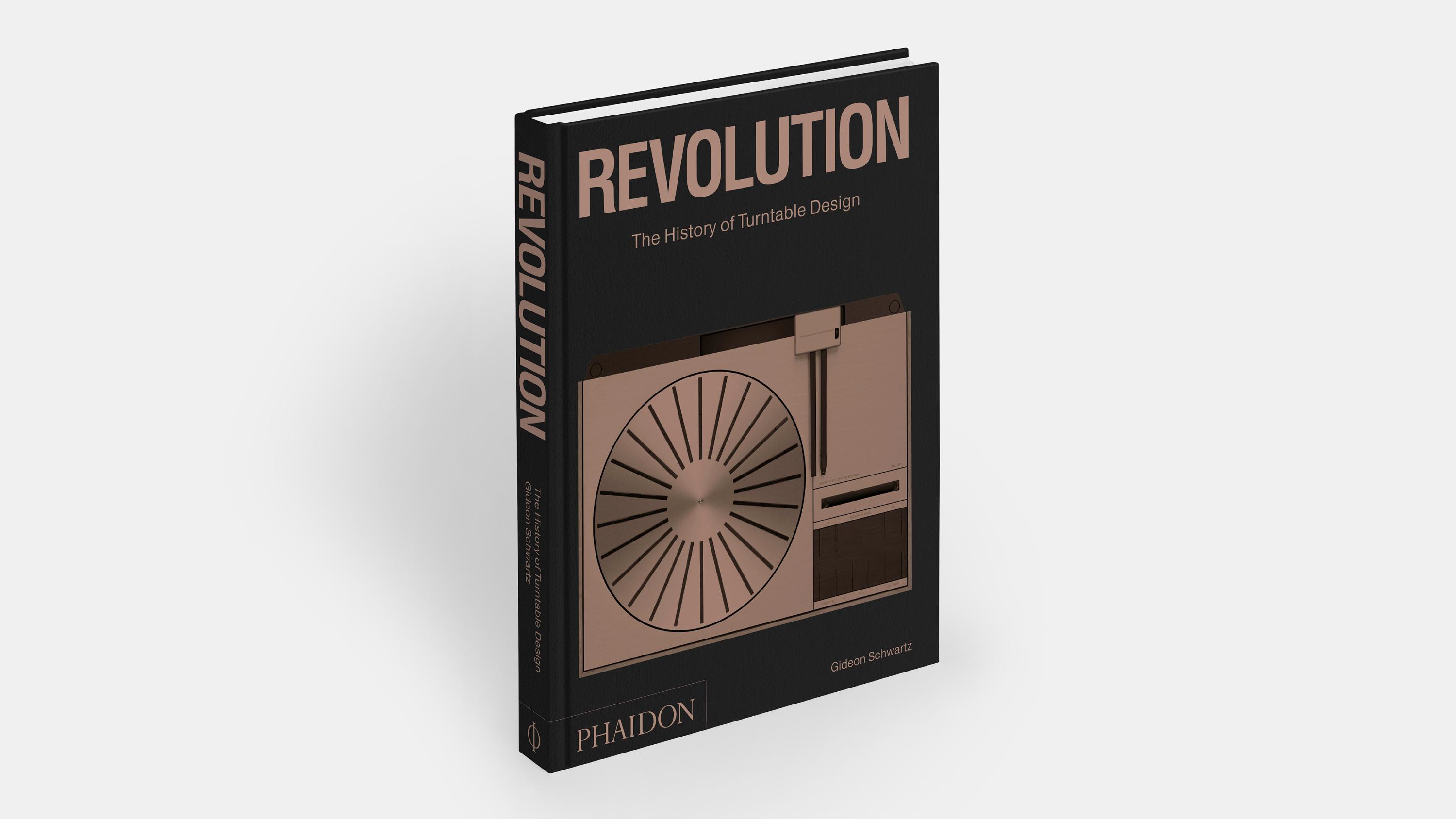 We’re spun around by Phaidon’s new history of turntable design
We’re spun around by Phaidon’s new history of turntable designRevolution: The History of Turntable Design provides entertaining insight into the many ways that designers have shaped the simple record player over the decades
By Jonathan Bell
-
 Wallpaper* Smart Space Awards 2022 winners: best design and tech for the home
Wallpaper* Smart Space Awards 2022 winners: best design and tech for the homeHere are the winners of the Wallpaper* Smart Space Awards 2022 – discover what’s new and next in the world of domestic design and technology
By Jonathan Bell
-
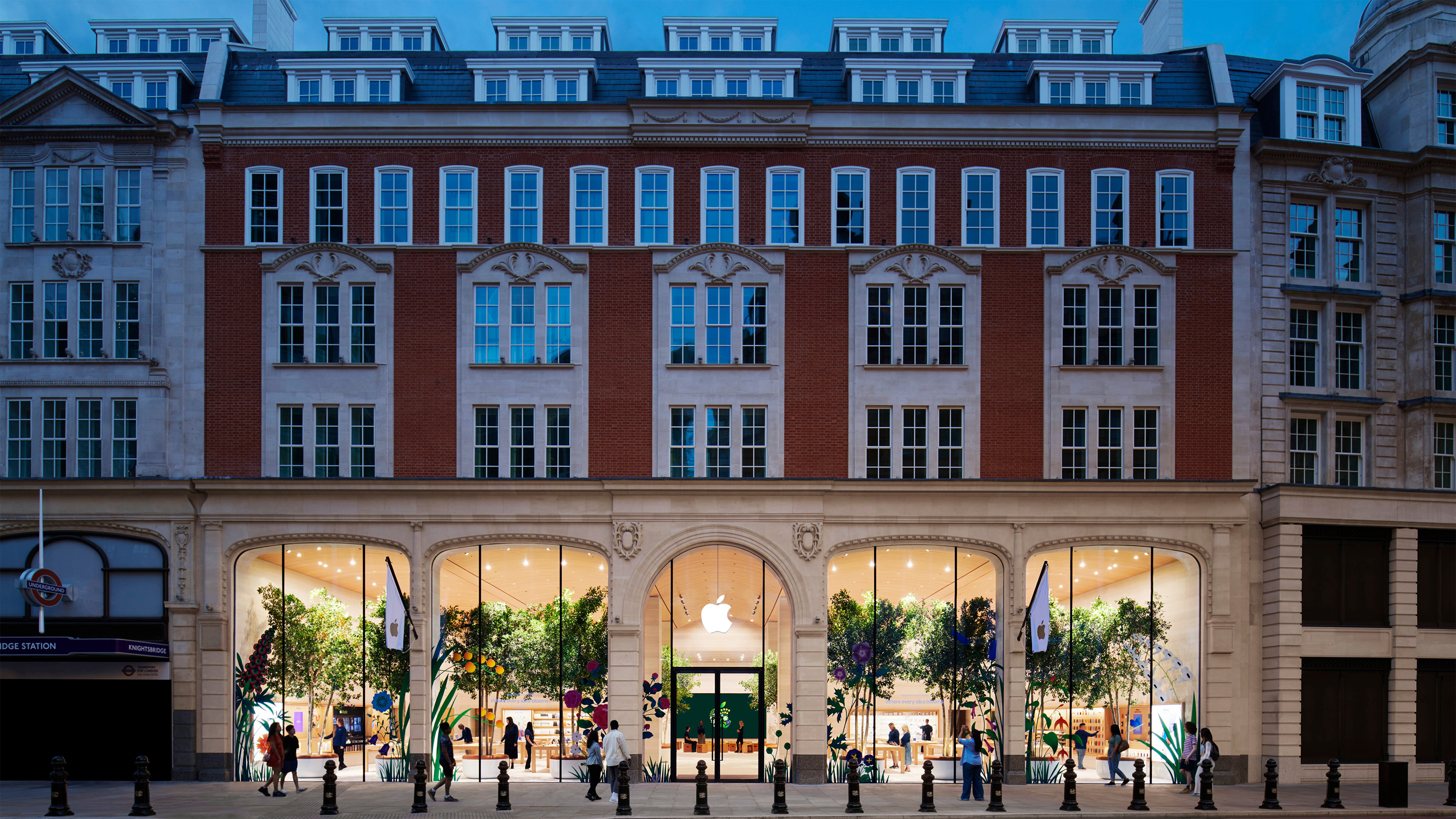 Apple Brompton Road arrives at Knightsbridge Estate
Apple Brompton Road arrives at Knightsbridge EstateThe new Apple Brompton Road store, designed by Foster + Partners at The Knightsbridge Estate, is revealed
By Ellie Stathaki
-
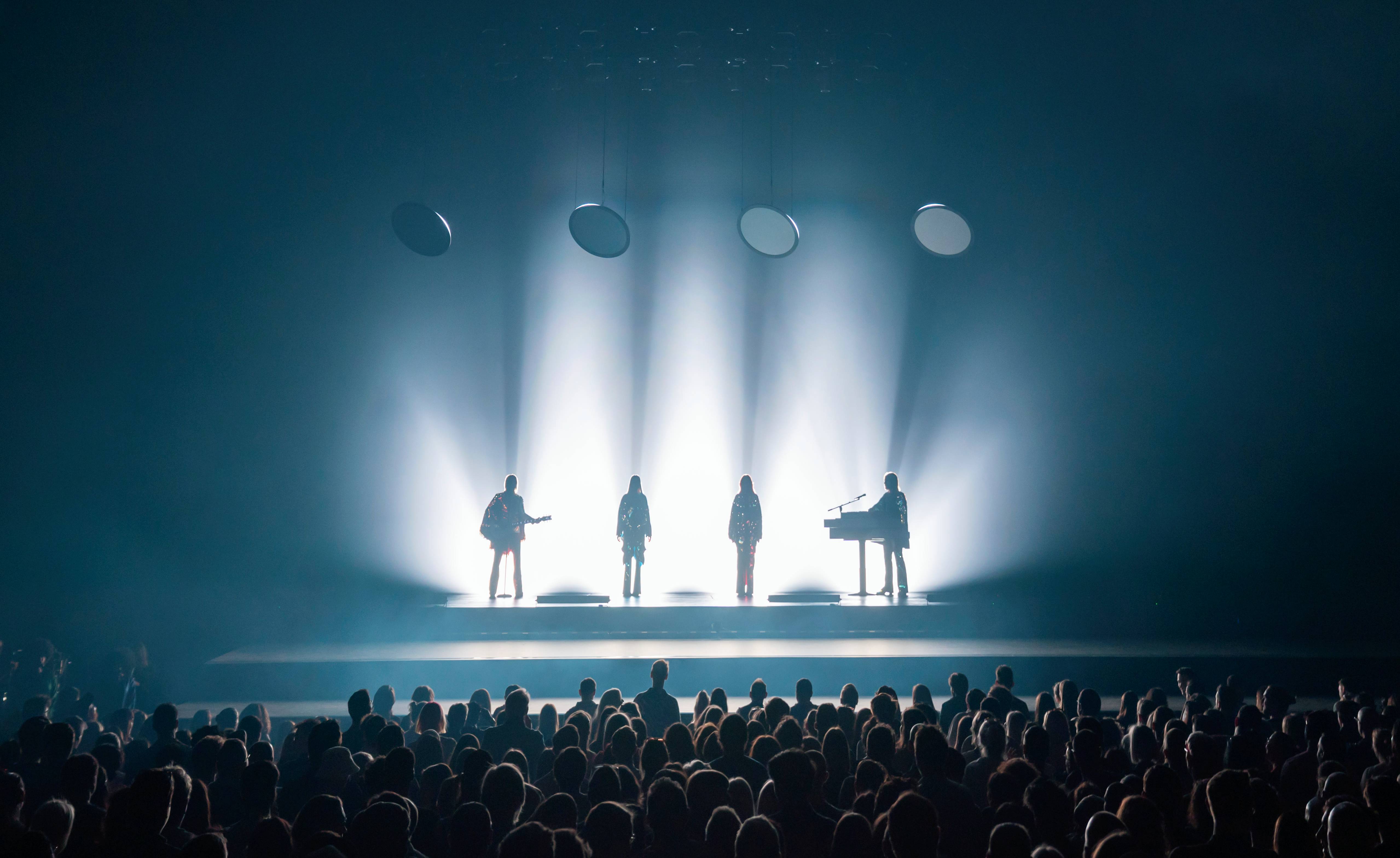 ABBA Voyage director Baillie Walsh on songs, sequins, and virtual spaces
ABBA Voyage director Baillie Walsh on songs, sequins, and virtual spacesBaillie Walsh, the director behind ABBA Voyage, one of the most advanced entertainment spectacles ever, tells Wallpaper* how the magic happens, ABBAtars and all
By Jonathan Bell